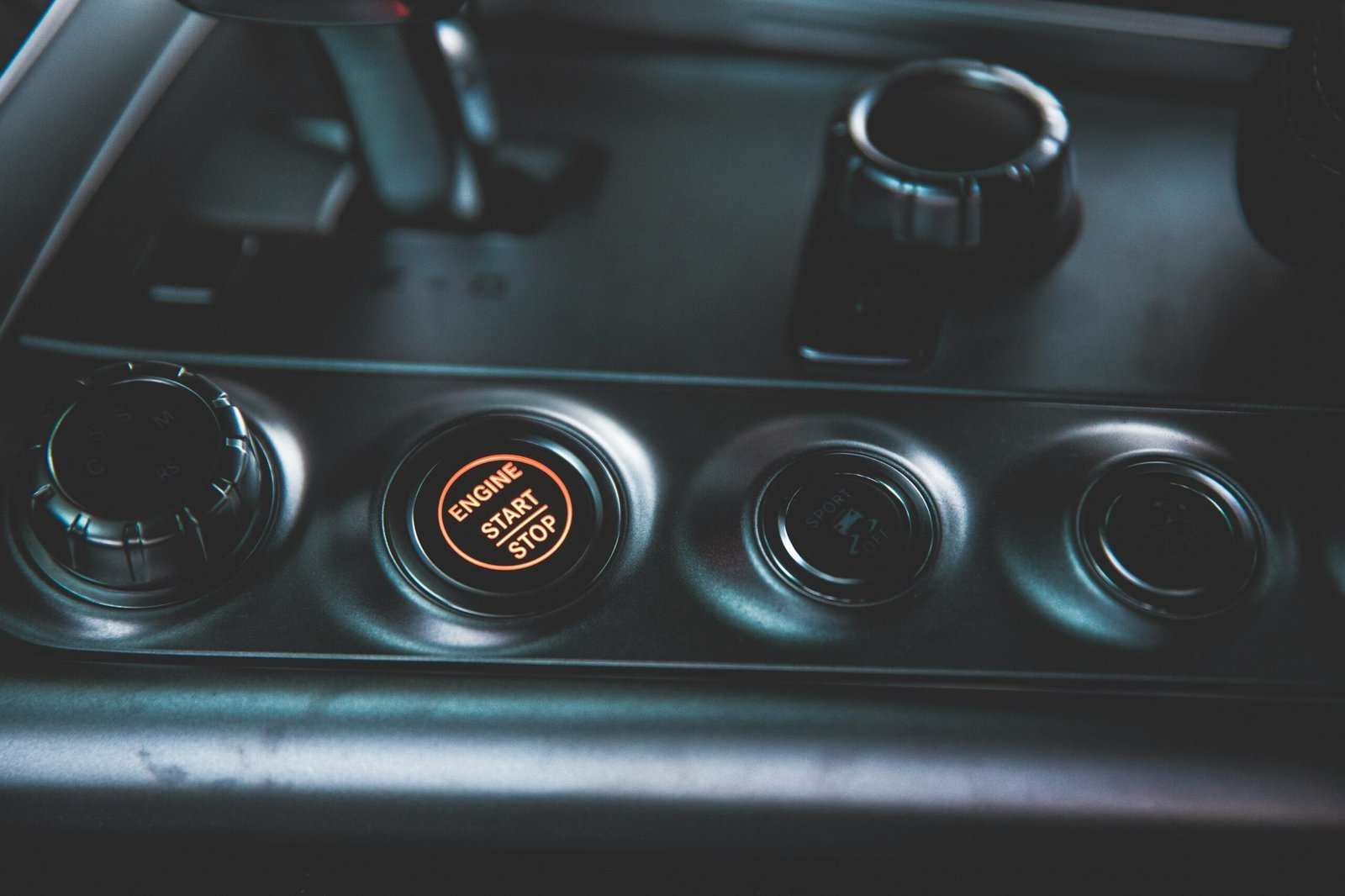Introduction to the Quest for Speed
The relentless pursuit of speed has been a cornerstone of automotive innovation since the inception of the automobile. From the early days of the 20th century, manufacturers have relentlessly competed to break speed records and push the boundaries of what is technically possible. This quest for speed has catalyzed numerous technological advancements, influencing not only the automotive industry but also engineering principles at large.
In the mid-20th century, the race to create the fastest car was dominated by internal combustion engines. Companies like Ferrari, Porsche, and Lamborghini vied for supremacy on the racetrack and the open road. Lamborghini, in particular, has been synonymous with speed and luxury, setting benchmarks with iconic models like the Miura, Countach, and the Aventador. These supercars not only defined eras but also set new standards for performance and design.
The turn of the 21st century brought a paradigm shift with the rise of electric vehicles (EVs). Spearheaded by companies like Tesla, the focus of automotive innovation began to pivot towards sustainability and electric propulsion. EVs, once considered inferior in terms of speed and performance, have rapidly evolved. Today, they rival and even surpass traditional supercars in many aspects, including acceleration and top speed. The Tesla Roadster, for instance, has made headlines with its astonishing performance claims, shaking the foundations of the traditional automotive hierarchy.
This evolving landscape has compelled traditional supercar manufacturers to adapt. Lamborghini, while continuing to innovate with its V12 and V10 engines, has also ventured into hybrid technology with models like the Sián FKP 37. This blend of traditional prowess with modern electrification showcases the brand’s commitment to remaining at the forefront of automotive performance.
As we stand on the cusp of a new era, the race to create the world’s fastest car is more heated than ever. Whether through cutting-edge electric propulsion or refined internal combustion engines, the contenders vying for this prestigious title are pushing the limits of technology and engineering. The stage is set for an exciting showdown between traditional supercar legends and modern electric marvels.
“`html
Lamborghini’s Legacy of Speed
Lamborghini is a name synonymous with speed, power, and automotive excellence. Since its inception in 1963, Lamborghini has consistently pushed the boundaries of performance and design, creating some of the most iconic supercars in the world. The brand’s unwavering commitment to engineering and innovation has produced a legacy of vehicles that are not only visually stunning but also technologically advanced and blazingly fast.
One of the earliest examples of Lamborghini’s prowess is the Miura, introduced in 1966. Often considered the world’s first supercar, the Miura was groundbreaking with its mid-engine layout and sleek design. It set a new performance benchmark and quickly became a legend in the automotive world. The Countach, introduced in the 1970s, followed suit with its bold design and exceptional speed, further cementing Lamborghini’s reputation.
In recent years, Lamborghini has continued to set new standards with models like the Aventador and the Huracán. The Aventador, equipped with a 6.5-liter V12 engine, can accelerate from 0 to 60 mph in just 2.9 seconds and boasts a top speed of 217 mph. The Huracán, with its 5.2-liter V10 engine, is equally impressive, achieving 0 to 60 mph in 2.5 seconds and a top speed of 202 mph.
However, it is the Lamborghini Sián FKP 37 that represents the pinnacle of Lamborghini’s engineering marvels. As the brand’s first hybrid supercar, the Sián combines a powerful V12 engine with a 48-volt electric motor, delivering a total of 819 horsepower. This advanced powertrain allows the Sián to reach speeds exceeding 217 mph, making it one of the fastest cars on the planet.
Through meticulous engineering, innovative design, and an unrelenting pursuit of speed, Lamborghini has solidified its position as a leader in the supercar segment. Its legacy is a testament to the brand’s dedication to creating vehicles that not only capture the imagination but also set new performance benchmarks in the automotive industry.
The Rise of Electric Vehicles in the Speed Race
In recent years, electric vehicles (EVs) have dramatically advanced, entering the high-speed race traditionally dominated by internal combustion engine supercars. The surge in EV technology, driven by powerful electric motors, cutting-edge battery technology, and refined aerodynamics, has enabled the rise of high-performance electric cars capable of competing with, and sometimes surpassing, their gasoline-powered counterparts.
One of the pivotal advancements propelling EVs into the speed race is the development of powerful electric motors. Unlike traditional engines, electric motors provide instant torque, delivering remarkable acceleration from a standstill. This characteristic is evident in models like the Tesla Model S Plaid, which boasts a 0-60 mph time of under 2 seconds, thanks to its tri-motor setup generating over 1,000 horsepower.
Battery technology has also seen significant progress, with manufacturers focusing on increasing energy density and reducing weight. Rimac, a key player in the high-performance EV market, exemplifies this with its Rimac Nevera. This hypercar features a 120 kWh battery pack that provides a range of over 300 miles while supporting a top speed of 258 mph, showcasing the potential of advanced battery systems.
Moreover, the importance of aerodynamics in achieving top speeds cannot be overstated. EV manufacturers have invested heavily in optimizing vehicle designs to minimize drag and maximize efficiency. The Lucid Air, for example, utilizes a sleek, aerodynamic profile to achieve a drag coefficient of just 0.21, aiding its high-speed capabilities and long-range performance.
Several EV models are now vying for speed records, challenging the dominance of traditional supercars. The Rimac Nevera, Tesla Model S Plaid, and the upcoming Lotus Evija are prime examples. These vehicles not only rival but often exceed the performance metrics of renowned internal combustion engine supercars, with top speeds nearing or surpassing 250 mph and acceleration times that set new benchmarks in the automotive world.
As electric vehicle technology continues to evolve, the gap between EVs and traditional supercars in the speed race is rapidly narrowing. With advancements in electric motors, battery technology, and aerodynamics, the future of high-speed automotive performance seems increasingly electric.
Comparing the Contenders: EVs vs. Lamborghini
When it comes to the race for the title of the world’s fastest car, both electric vehicles (EVs) and Lamborghini’s top models are formidable contenders. Each brings its own set of advantages and challenges, particularly in terms of top speed, acceleration, and overall performance. To truly understand which type of vehicle holds the upper hand, a direct comparison of key performance metrics is crucial.
Starting with top speed, Lamborghini’s Aventador SVJ and the Huracán Performante are among the brand’s fastest models, capable of reaching speeds upwards of 217 mph. On the other hand, the Rimac Nevera, an electric hypercar, boasts a top speed of 258 mph, making it one of the fastest EVs available. In terms of acceleration, EVs often have an edge due to the immediate torque provided by electric motors. The Tesla Model S Plaid, for instance, can accelerate from 0 to 60 mph in just under 2 seconds, compared to the Aventador SVJ’s 2.8 seconds.
Electric powertrains offer several advantages over traditional internal combustion engines (ICE). Besides instant torque, EVs are generally more efficient, require less maintenance, and are far more sustainable, producing zero tailpipe emissions. However, they also come with limitations, such as reduced driving range and longer refueling times compared to the quick refuel of ICE vehicles. Lamborghini’s ICE models continue to deliver a visceral, high-revving driving experience that many enthusiasts find irreplaceable.
Regarding sustainability, EVs clearly have the upper hand. As global concerns about climate change and carbon emissions intensify, the automotive industry is seeing a shift towards electric mobility. This shift is not just about reducing emissions but also about leveraging advancements in battery technology and renewable energy sources to create a more sustainable future for high-performance vehicles.
So, which currently holds the title of the world’s fastest car? As of now, EVs like the Rimac Nevera lead in top speed and acceleration, pushing the boundaries of what electric technology can achieve. However, Lamborghini’s continuous innovation in ICE technology means that the competition is far from over. The future of this rivalry will likely see both electric and traditional powertrains vying for supremacy, each pushing the other to new heights of performance and sustainability.







